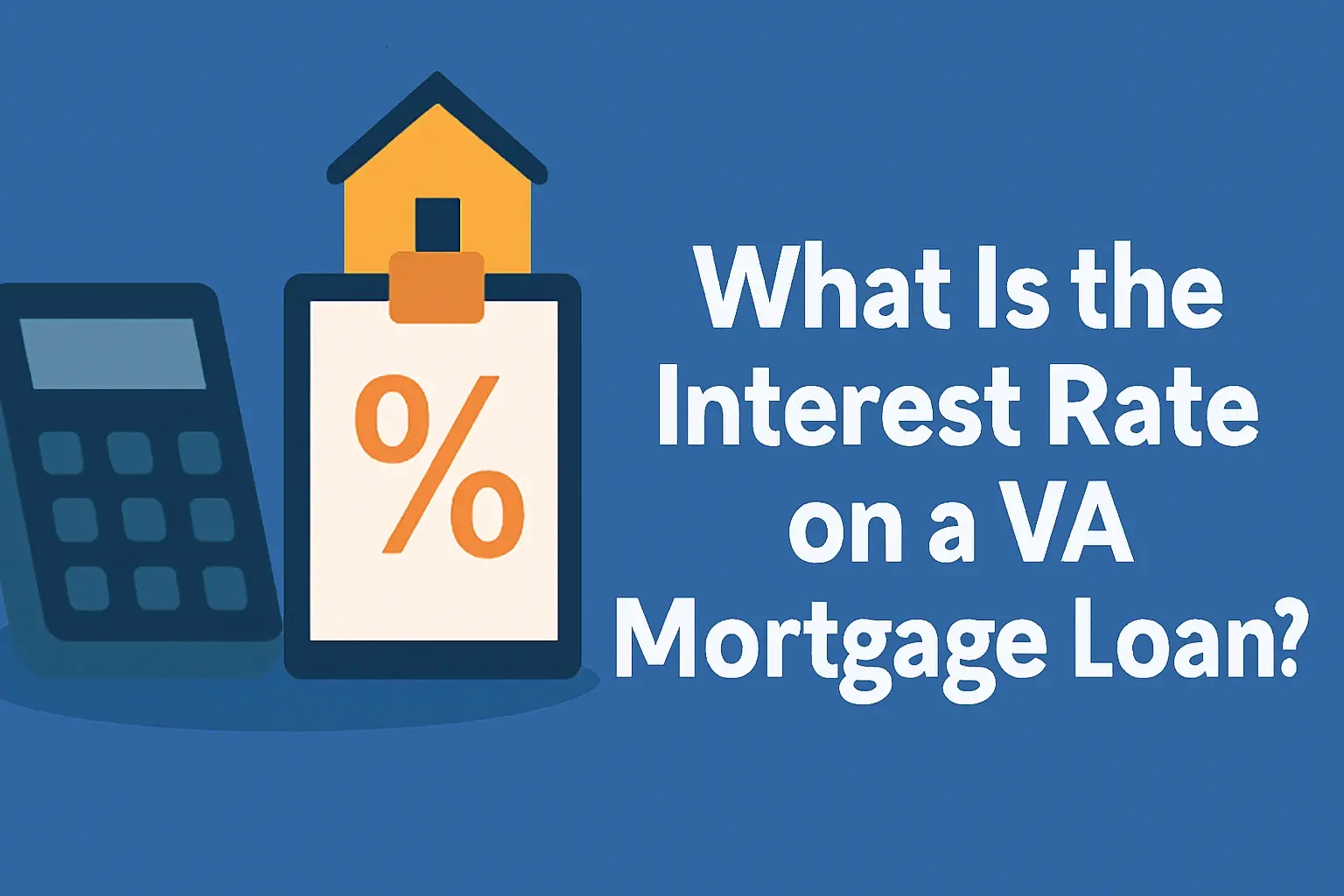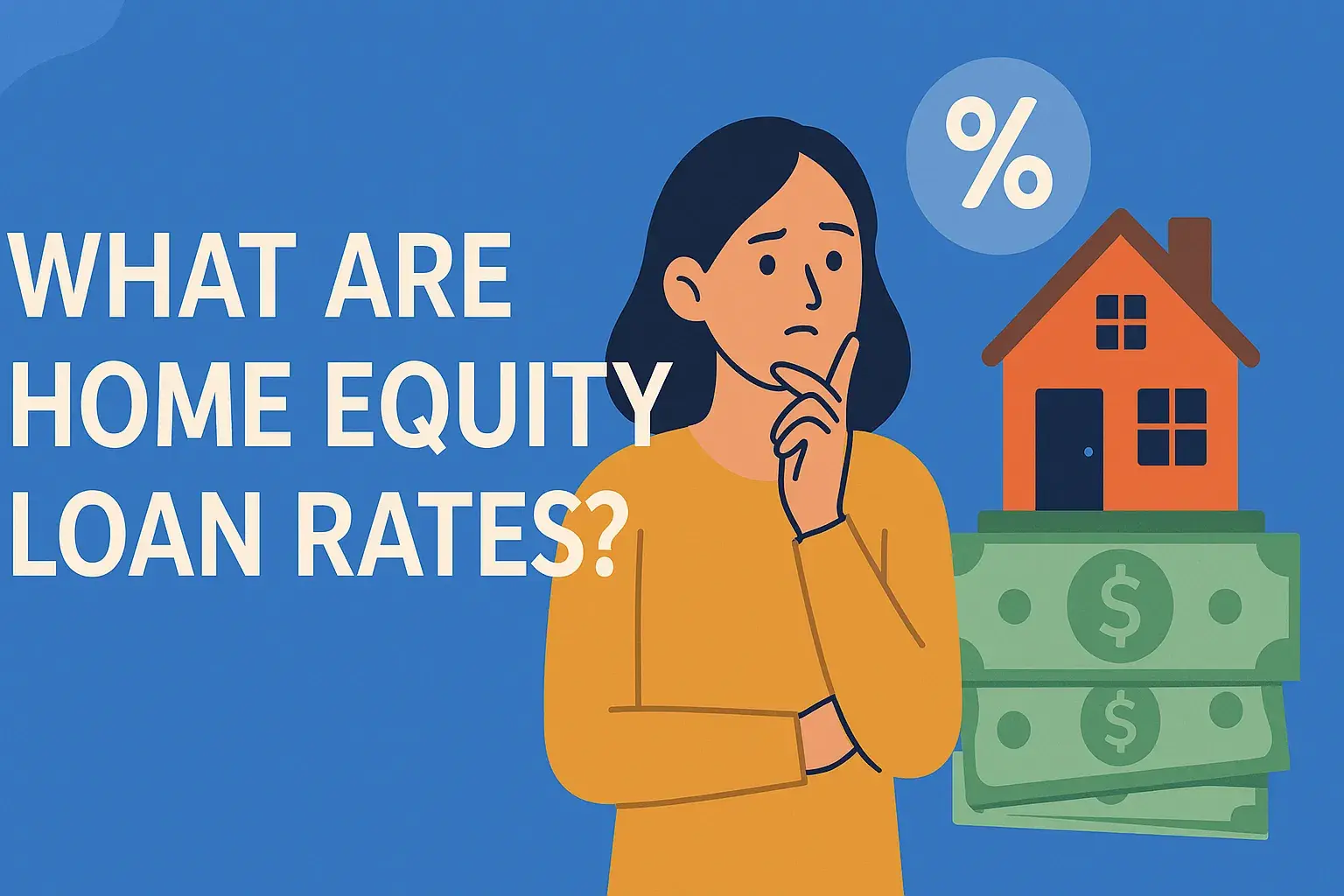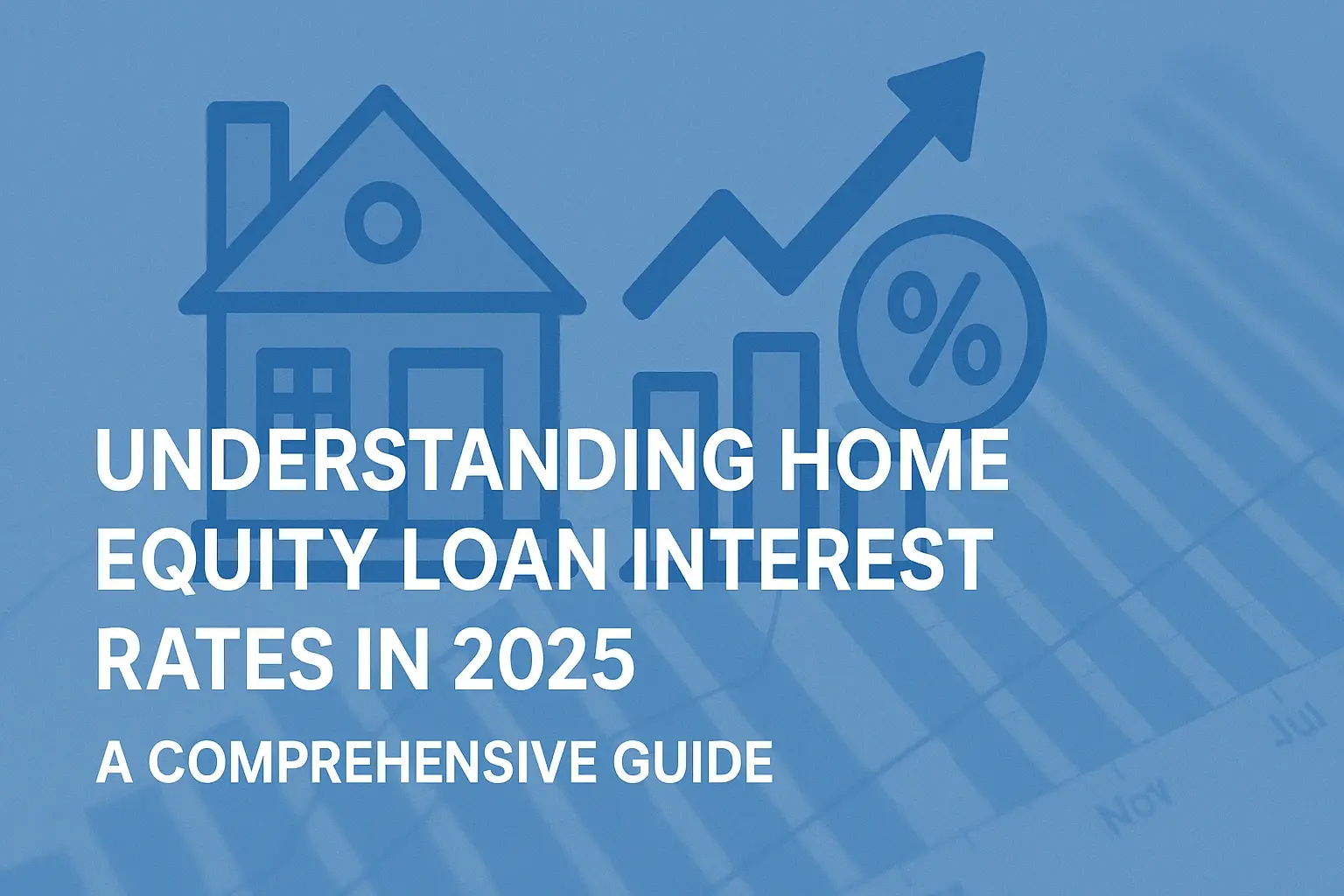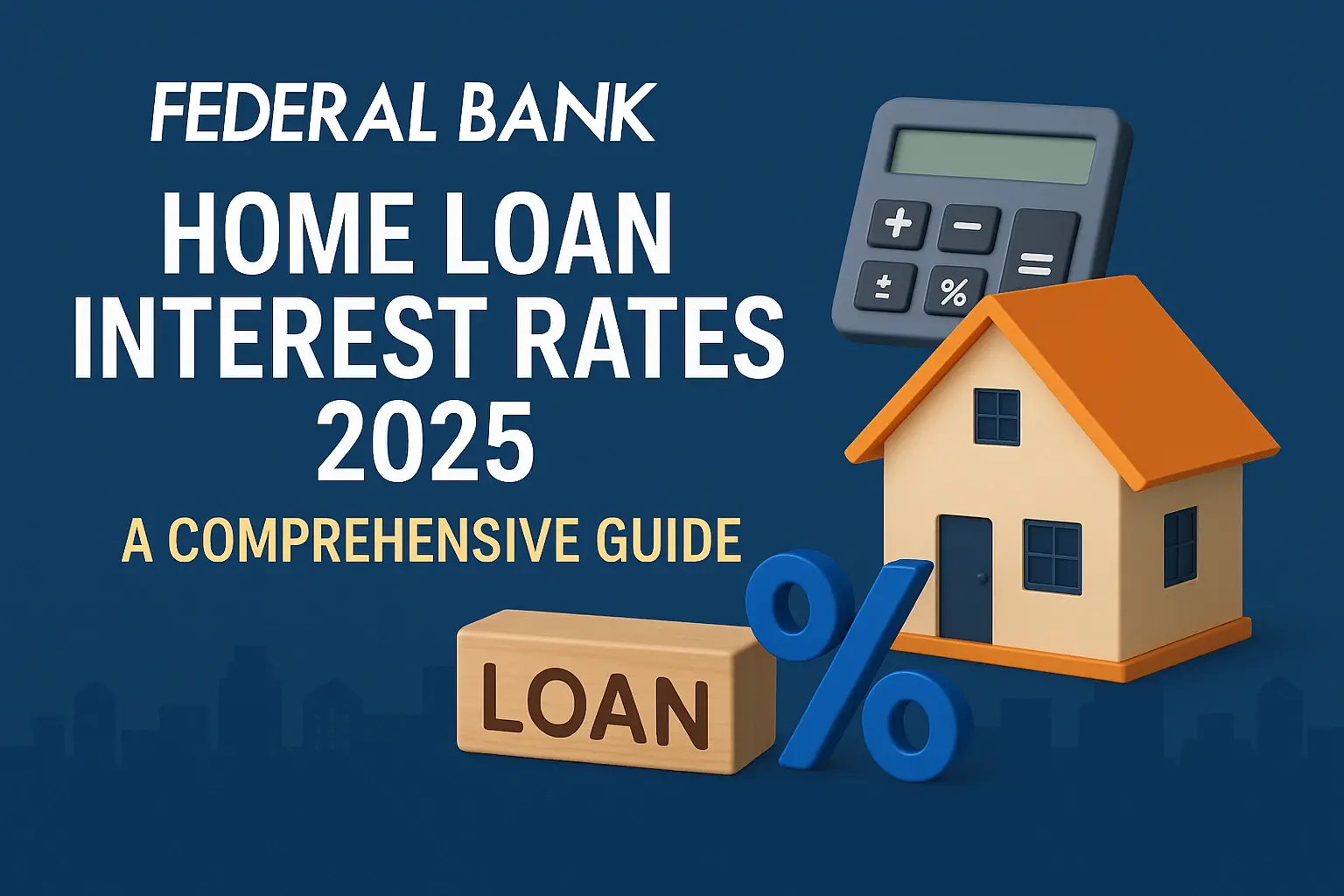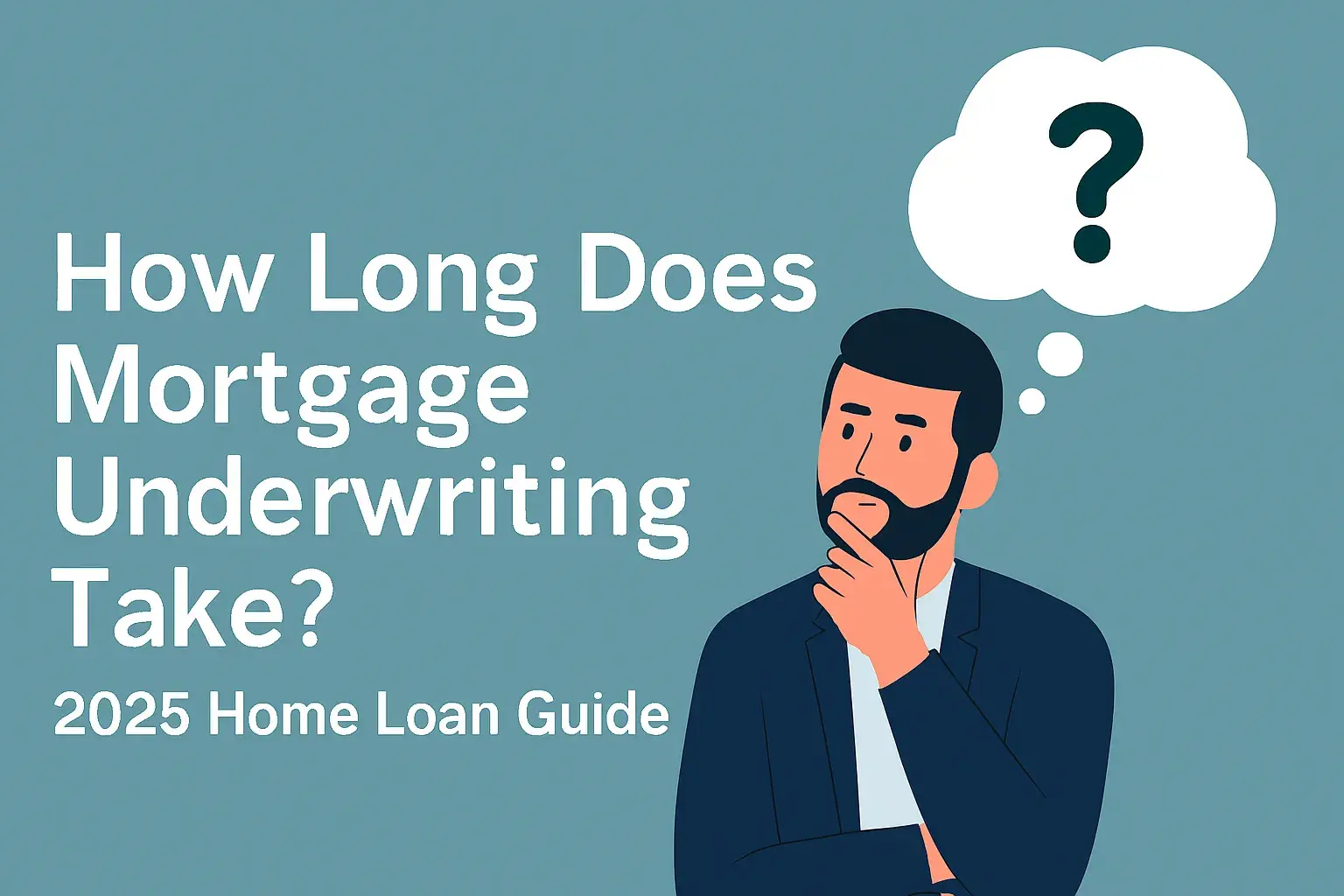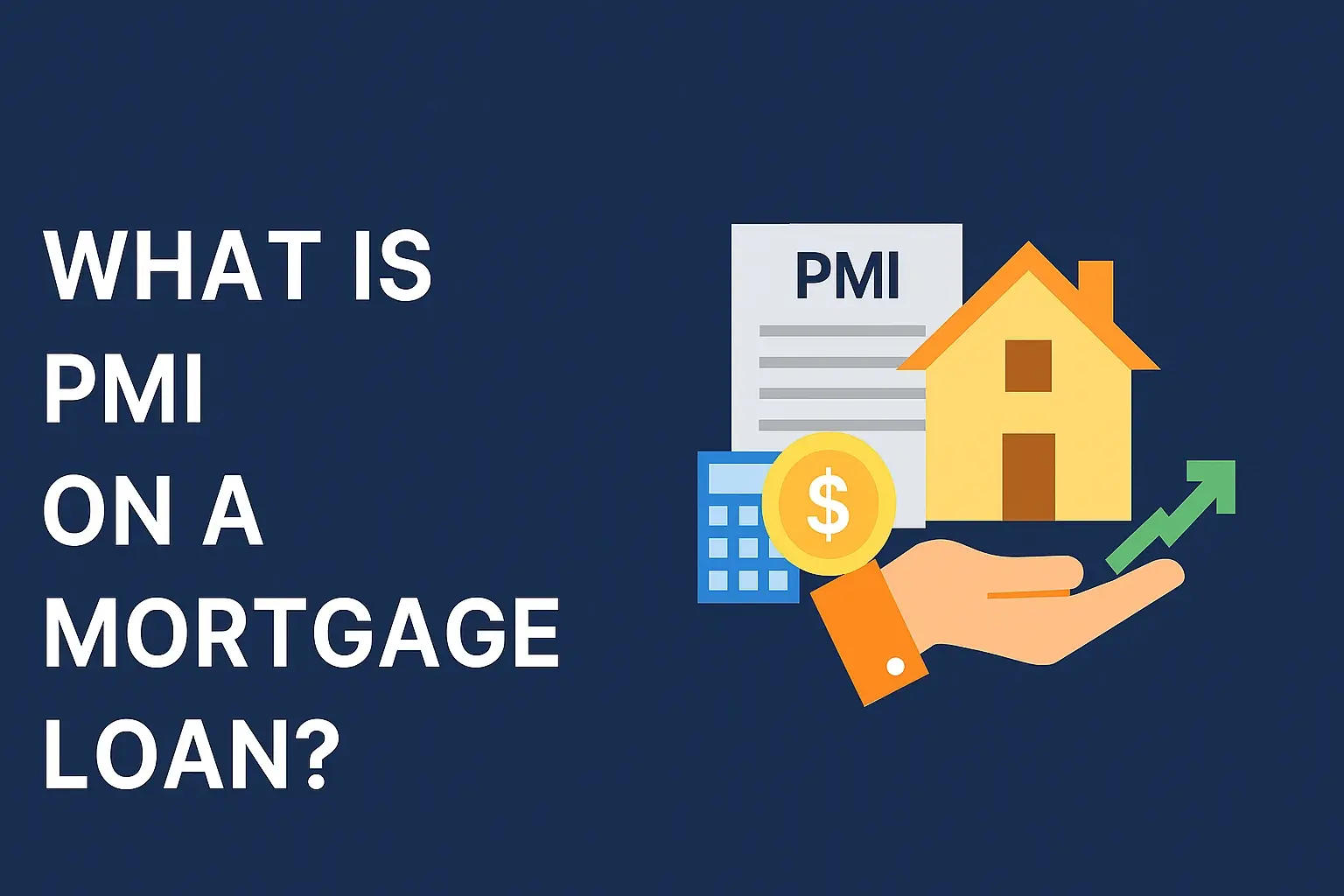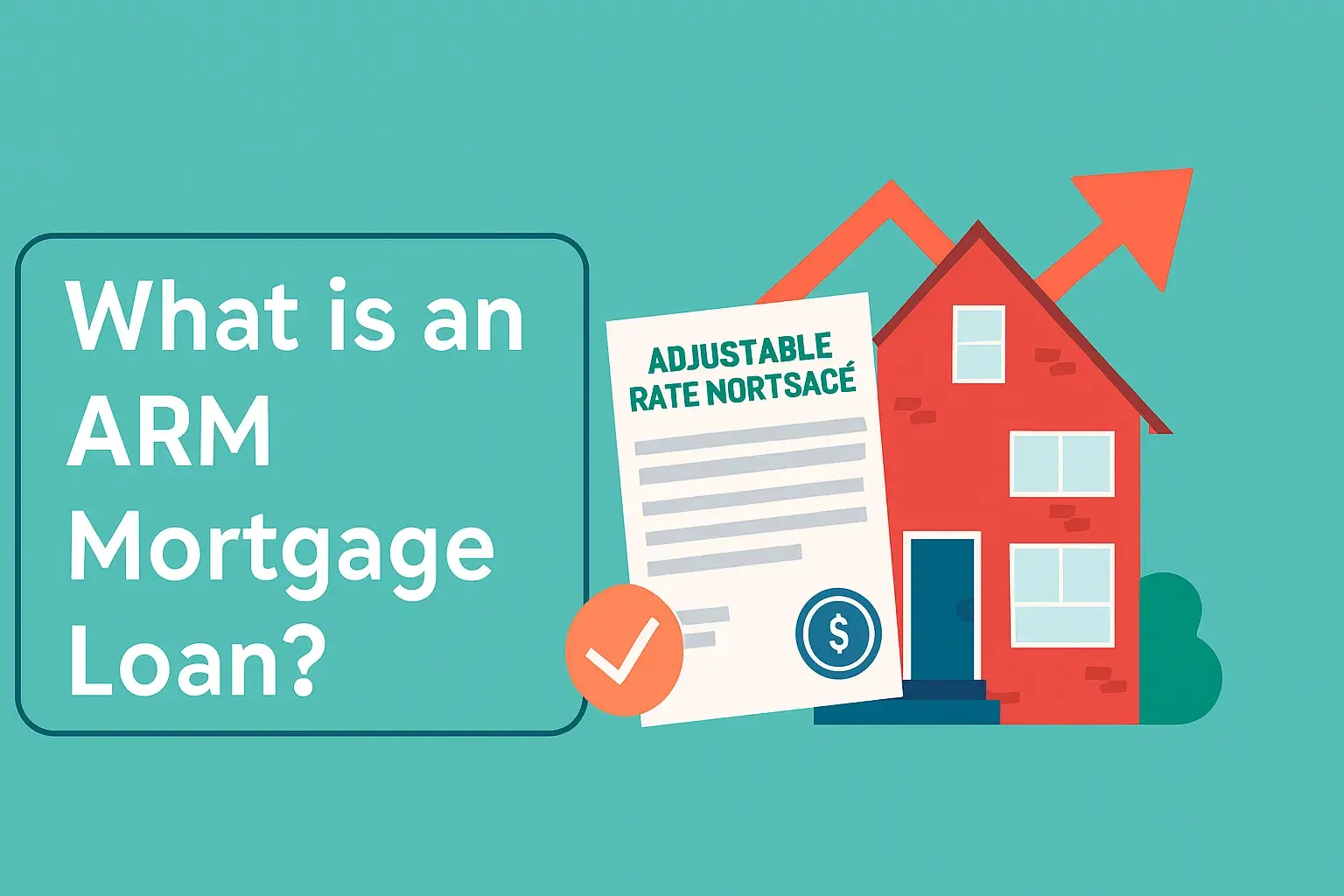-
Posted on: 24 Dec 2022

-
Securing a home loan with less-than-perfect credit feels daunting, but it's far from impossible. This guide offers ten actionable strategies to significantly boost your attractiveness to lenders, even if your credit history has some blemishes. We'll walk you through practical steps to improve your financial profile and present a compelling case for homeownership in 2025.
Understanding Your Credit Score and Report
Before diving into improvement strategies, it's crucial to understand the foundation of your financial reputation: your credit score and report. In 2025, lenders rely heavily on these documents to assess risk. A credit score is a three-digit number, typically ranging from 300 to 850, that summarizes your creditworthiness. The higher the score, the more attractive you are to lenders.
What Influences Your Credit Score?
Several key factors contribute to your credit score:
- Payment History (35%): This is the most significant factor. Consistently paying bills on time demonstrates reliability. Late payments, defaults, and bankruptcies can severely damage your score.
- Amounts Owed (30%): This refers to your credit utilization ratio – the amount of credit you're using compared to your total available credit. Keeping this ratio low (ideally below 30%) is crucial.
- Length of Credit History (15%): A longer history of responsible credit management generally leads to a higher score.
- Credit Mix (10%): Having a mix of different credit types (e.g., credit cards, installment loans) can be beneficial, but this is less impactful than payment history and amounts owed.
- New Credit (10%): Opening multiple new credit accounts in a short period can temporarily lower your score, as it may indicate increased risk.
Accessing Your Credit Report
Your credit report provides a detailed history of your credit activity. You are entitled to a free credit report from each of the three major credit bureaus (Equifax, Experian, and TransUnion) annually through AnnualCreditReport.com. It's vital to review these reports for accuracy. Errors can negatively impact your score. In 2025, the process for disputing errors remains largely the same, but it's always good to check the latest guidelines from the credit bureaus.
Common Credit Score Ranges (2025 Estimates)
While exact ranges can vary slightly by scoring model (like FICO or VantageScore), here's a general idea of what different scores signify:
Score Range Credit Quality Loan Eligibility 800+ Exceptional Excellent, best rates 740-799 Very Good Good, competitive rates 670-739 Good Average, may have higher rates 580-669 Fair Subprime, higher rates, more restrictions Below 580 Poor Difficult to qualify, very high rates, specialized loans Understanding these tiers is the first step in strategizing how to improve your attractiveness for a home loan.
Ten Proven Tips to Boost Your Credit Score
Improving your credit score is a marathon, not a sprint, but consistent effort can yield significant results. Here are ten actionable tips to enhance your creditworthiness for a home loan application in 2025.
1. Pay All Bills On Time, Every Time
This is the bedrock of good credit. Even a single late payment can drop your score by tens of points. Set up automatic payments for all your bills – credit cards, loans, utilities, rent (if reported) – to ensure you never miss a due date. If you do miss a payment, rectify it immediately and contact the creditor to see if they can waive any late fees or reporting.
2. Reduce Your Credit Utilization Ratio
As mentioned, this is a critical factor. Aim to keep your credit card balances below 30% of your credit limit. For example, if you have a credit card with a $10,000 limit, try to keep your balance below $3,000. Ideally, aim for below 10%. Paying down balances before the statement closing date can also help lower your reported utilization.
Example: If you have a $5,000 balance on a card with a $10,000 limit, your utilization is 50%. Paying down $2,000 to bring the balance to $3,000 reduces your utilization to 30%, a significant improvement.
3. Avoid Opening Unnecessary New Credit Accounts
While having a mix of credit can be good, applying for multiple new credit cards or loans in a short period can trigger "hard inquiries" on your credit report, which can lower your score temporarily. Only apply for credit when you truly need it. If you're shopping for a mortgage, do so within a concentrated period (typically 14-45 days, depending on the scoring model) so that multiple inquiries for the same type of loan are treated as a single event.
4. Keep Old, Unused Credit Accounts Open
Closing an old credit card, even if you don't use it, can negatively impact your credit score in two ways: it reduces your overall available credit (potentially increasing your utilization ratio) and shortens your average credit history length. As long as the card has no annual fee and isn't tempting you to overspend, keeping it open and making an occasional small purchase (and paying it off immediately) can be beneficial.
5. Dispute Errors on Your Credit Report
Mistakes happen. Incorrect late payment notations, accounts that aren't yours, or outdated negative information can drag down your score. Obtain your free credit reports from AnnualCreditReport.com and meticulously review them. If you find any errors, file a dispute with the credit bureau immediately. The process is straightforward and can lead to a score increase if successful.
6. Pay Down Existing Debt Strategically
Focus on paying down high-interest debt first (the "debt avalanche" method) or smaller balances first for quick wins (the "debt snowball" method). Both approaches reduce your overall debt burden, which can improve your credit utilization and demonstrate financial discipline. Prioritize credit card debt, as this directly impacts your utilization ratio.
7. Become an Authorized User (with Caution)
If a trusted friend or family member with excellent credit is willing to add you as an authorized user to their well-managed credit card, their positive payment history and low utilization could reflect positively on your credit report. However, ensure the primary cardholder is responsible; their negative activity could hurt you. This is a strategy to use with extreme care and open communication.
8. Negotiate with Creditors
If you're struggling to make payments, proactively contact your creditors. Many are willing to work with you to set up a payment plan, temporarily lower your interest rate, or even settle the debt for less than the full amount owed. While settling for less can negatively impact your score, it's often better than defaulting and can be a stepping stone to rebuilding.
9. Consider a Secured Credit Card or Credit-Builder Loan
For individuals with very limited credit history or significant past issues, these tools are invaluable. A secured credit card requires a cash deposit that becomes your credit limit. A credit-builder loan involves borrowing a small amount that is held in an account while you make payments; the funds are released to you upon completion of the loan. Both report to credit bureaus, helping you build a positive payment history.
10. Be Patient and Consistent
Credit repair takes time. There are no overnight fixes. Focus on implementing these strategies consistently over several months. Lenders look for sustained positive behavior. By the time you apply for a mortgage in 2025, a track record of responsible financial management will speak volumes.
Mastering Your Debt-to-Income Ratio (DTI)
Your Debt-to-Income ratio (DTI) is another critical metric lenders use to assess your ability to manage monthly payments and repay a mortgage. It compares your total monthly debt obligations to your gross monthly income. A lower DTI indicates you have more disposable income and are less likely to default on new loan payments.
Calculating Your DTI
The calculation is straightforward:
DTI = (Total Monthly Debt Payments / Gross Monthly Income) x 100
Total Monthly Debt Payments include:
- Minimum credit card payments
- Student loan payments
- Auto loan payments
- Personal loan payments
- Alimony or child support payments
- The estimated new mortgage principal, interest, taxes, and insurance (PITI)
Gross Monthly Income is your income before taxes and other deductions.
Understanding DTI Thresholds (2025 Guidelines)
Lenders generally prefer a DTI of 43% or lower for conventional loans. Some government-backed loans may allow for slightly higher DTIs, but a lower ratio always makes you a more attractive borrower.
DTI Ratio Lender Perception Impact on Loan Approval Below 36% Excellent Highly attractive, easier approval, better rates 36% - 43% Good/Acceptable Generally acceptable for most loans, may require compensating factors 43% - 50% High Challenging for approval, may require specific loan programs or higher down payment Above 50% Very High Very difficult to get approved for a mortgage Strategies to Lower Your DTI
- Pay Down Debts: The most effective way is to reduce your monthly debt payments. Focus on paying off credit cards, personal loans, or car loans.
- Increase Income: While not always feasible, increasing your gross monthly income will naturally lower your DTI. Consider a side hustle or negotiating a raise.
- Avoid New Debt: Before applying for a mortgage, refrain from taking on any new loans or significantly increasing credit card balances.
- Budget for the Mortgage Payment: When calculating your DTI, be realistic about the estimated mortgage payment (PITI). If it pushes your DTI too high, you may need to look for a less expensive home or save for a larger down payment.
Addressing your DTI proactively is as crucial as improving your credit score for a new home loan.
The Power of a Larger Down Payment
A larger down payment significantly reduces the risk for the lender and can dramatically improve your attractiveness for a home loan, especially with less-than-perfect credit. It demonstrates your financial commitment to the purchase and reduces the loan amount needed.
How a Larger Down Payment Helps
- Reduced Loan-to-Value (LTV) Ratio: A higher down payment lowers your LTV ratio. For example, a 20% down payment on a $300,000 home means you're borrowing $240,000 (80% LTV). If you only put down 5% ($15,000), you'd borrow $285,000 (95% LTV). Lenders prefer lower LTVs as they offer more equity cushion.
- Lower Private Mortgage Insurance (PMI): For conventional loans with less than 20% down, lenders typically require PMI. A larger down payment can help you avoid PMI altogether or reduce its cost.
- Better Interest Rates: With a lower LTV, lenders may offer you more favorable interest rates because the loan is considered less risky.
- Increased Approval Odds: For borrowers with credit challenges, a substantial down payment can act as a strong compensating factor, making lenders more willing to approve the loan.
Saving for a Down Payment
Saving for a down payment can be challenging, but here are some strategies:
- Dedicated Savings Account: Open a separate savings account specifically for your down payment.
- Automate Savings: Set up automatic transfers from your checking to your savings account each payday.
- Cut Expenses: Review your budget and identify areas where you can reduce spending (e.g., dining out, entertainment, subscriptions).
- Sell Unused Items: Declutter and sell items you no longer need.
- Down Payment Assistance Programs: Many states and local governments offer programs to help first-time homebuyers with down payment and closing costs. Research programs available in your area for 2025.
- Gifts from Family: Some lenders allow gifts from family members to be used for down payments, but specific documentation will be required.
Even a few extra percentage points on your down payment can make a significant difference in your loan approval and overall cost of homeownership.
Considering a Co-signer or Co-borrower
If your credit score or DTI is a significant hurdle, bringing in a co-signer or co-borrower with stronger credit can be a viable solution. While similar, there are distinctions:
Co-signer vs. Co-borrower
- Co-signer: A co-signer agrees to be legally responsible for the loan if the primary borrower defaults. They do not typically have ownership rights to the property. Their credit history is used to qualify the loan.
- Co-borrower: A co-borrower shares ownership of the property and is equally responsible for the loan payments. Their income and credit are factored into the loan application, and they have rights to the property.
Benefits of a Co-signer/Co-borrower
- Improved Approval Odds: Their stronger credit profile can help you meet the lender's requirements.
- Better Interest Rates: Their creditworthiness may allow you to qualify for a lower interest rate than you would on your own.
- Higher Loan Amount: Their income can help you qualify for a larger loan amount.
Important Considerations
- Relationship Strain: Ensure you have a clear understanding and agreement with the co-signer/co-borrower about responsibilities and repayment. Any default will impact both of your credit scores.
- Ownership Rights: If using a co-borrower, clearly define ownership percentages and responsibilities for property upkeep and potential sale.
- Impact on Their Credit: The mortgage will appear on their credit report and count towards their debt obligations, potentially affecting their ability to borrow in the future.
- Exit Strategy: Plan for how the co-signer/co-borrower can be removed from the loan once your credit improves or your financial situation stabilizes. This typically involves refinancing the loan in your name only.
This option is best explored when you have a trusted individual who understands the risks and is willing to help you achieve homeownership.
Exploring Specialized Loan Programs
The mortgage landscape in 2025 offers various loan programs designed to assist borrowers with different financial profiles, including those with less-than-perfect credit. Understanding these options can open doors that might otherwise seem closed.
Government-Backed Loans
These loans are insured or guaranteed by government agencies, making them less risky for lenders and often more accessible for borrowers.
- FHA Loans (Federal Housing Administration): Ideal for borrowers with lower credit scores (often as low as 500 with a 10% down payment, or 580 with 3.5% down). They require mortgage insurance premiums (MIP) for the life of the loan in most cases.
- VA Loans (Department of Veterans Affairs): Available to eligible veterans, active-duty military personnel, and surviving spouses. These loans often feature no down payment requirement and no private mortgage insurance, making them incredibly attractive. Credit score requirements are typically less stringent than conventional loans.
- USDA Loans (U.S. Department of Agriculture): For eligible rural and suburban areas, these loans offer no down payment options for low-to-moderate income borrowers. Credit score requirements are generally more flexible than conventional loans.
Other Specialized Loans
- Non-QM Loans (Non-Qualified Mortgages): These loans don't meet the standard criteria for qualified mortgages (which have stricter borrower protections). They are often designed for borrowers with unique financial situations, such as self-employment income, recent credit events, or non-traditional income streams. They may have higher interest rates and fees but can be an option for those who don't qualify for other programs.
- HomeReady and Home Possible Loans: Fannie Mae's HomeReady and Freddie Mac's Home Possible programs are designed for low-to-moderate income borrowers. They allow for down payments as low as 3% and may offer more flexible credit score requirements and assistance with down payment costs.
Researching these programs and speaking with lenders specializing in them is a crucial step in finding a loan that fits your circumstances.
Building a Relationship with Lenders
In the world of home loans, especially when navigating credit challenges, building a relationship with a lender can be more beneficial than simply shopping for the lowest advertised rate. A good lender can become an advisor and advocate.
Why a Relationship Matters
- Personalized Guidance: A lender who understands your situation can offer tailored advice on how to improve your profile and which loan programs might be best suited for you.
- Flexibility and Understanding: When a lender knows you and your efforts to improve your financial health, they may be more willing to work with you on borderline applications.
- Trust and Transparency: A strong relationship fosters trust, ensuring you receive clear explanations about loan terms, fees, and requirements.
- Advocacy: A good loan officer can advocate for you within their institution, especially if there are any minor discrepancies or unusual circumstances in your application.
How to Build a Relationship
- Start Early: Don't wait until you're ready to buy. Begin talking to mortgage brokers or loan officers at least 6-12 months before you plan to purchase.
- Be Honest and Open: Disclose your financial situation, including any credit challenges, upfront.
- Seek Recommendations: Ask friends, family, or your real estate agent for recommendations for reputable and helpful loan officers.
- Compare Offers, But Don't Just Chase Rates: While rates are important, consider the overall service and willingness of the lender to work with you.
- Follow Their Advice: If a lender suggests specific steps to improve your credit or finances, follow through diligently.
Choosing the right lender can be as impactful as choosing the right home. Look for someone who communicates well and genuinely wants to help you succeed.
Gathering Robust Financial Documentation
Lenders require extensive documentation to verify your financial stability and ability to repay a loan. For borrowers with credit challenges, providing comprehensive and well-organized documentation is even more critical. It helps paint a complete picture of your financial health and can mitigate concerns arising from a less-than-perfect credit score.
Essential Documents to Prepare
- Proof of Income:
- Pay stubs (recent, typically last 30 days)
- W-2 forms (last two years)
- Tax returns (last two years, all pages and schedules)
- If self-employed or commission-based: Profit and Loss statements, 1099 forms, and potentially more detailed tax documentation.
- Proof of Assets:
- Bank statements (checking and savings, typically last two months, all pages)
- Investment and retirement account statements (e.g., 401(k), IRA, brokerage accounts)
- Proof of funds for down payment and closing costs.
- Identification:
- Driver's license or government-issued ID
- Social Security card
- Debt Information:
- Statements for all outstanding loans (student loans, auto loans, personal loans)
- Credit card statements
- Alimony or child support orders
- Explanation of Credit Issues:
- If you have significant negative items on your credit report (e.g., late payments, collections, bankruptcy), be prepared to provide a written explanation. This is often called a "Letter of Explanation" (LOE). Be honest, concise, and focus on what you've learned and how you've improved.
Organizing Your Documents
Presenting your documents in a clear, organized manner demonstrates attention to detail and professionalism. Use folders, binders, or digital tools to keep everything in order. Lenders often have online portals for uploading documents, so ensure you have digital copies ready.
By having all your documentation in order and being prepared to explain any credit blemishes, you present a more confident and credible application.
Leveraging Credit Counseling Services
If your credit challenges are significant and you're unsure where to start, professional credit counseling can be an invaluable resource. Reputable non-profit credit counseling agencies can provide guidance, education, and tools to help you manage debt and improve your credit.
How Credit Counselors Can Help
- Budgeting and Financial Planning: They can help you create a realistic budget, identify spending leaks, and develop a plan to save money.
- Debt Management Plans (DMPs): For individuals struggling with overwhelming unsecured debt, a DMP can consolidate payments. The agency negotiates with creditors to potentially lower interest rates and waive fees, allowing you to make one monthly payment to the agency, which then distributes it to your creditors. This can help you make consistent on-time payments, which is crucial for credit repair.
- Credit Report Review: Counselors can help you understand your credit report and identify errors or areas for improvement.
- Education: They provide education on credit scoring, responsible credit use, and strategies for financial recovery.
Choosing a Reputable Agency
Ensure you choose a non-profit agency accredited by organizations like the National Foundation for Credit Counseling (NFCC) or the Financial Counseling Association of America (FCAA). Be wary of agencies that make unrealistic promises or charge excessive upfront fees.
While a DMP might temporarily affect your ability to get a mortgage (as it can be viewed as a form of debt restructuring), the long-term benefits of establishing consistent on-time payments and reducing debt can make you a much stronger candidate once the plan is successfully completed or when lenders understand its purpose.
Patience and Persistence: The Long Game
Securing a home loan with bad credit is rarely an overnight success story. It requires a commitment to consistent effort, patience, and a persistent approach to financial improvement. The strategies outlined above are most effective when implemented over time.
The Importance of Time
- Credit Score Rebuilding: Significant credit score improvements typically take months, if not years, of consistent positive behavior.
- Negative Item Aging: Negative marks on your credit report (like late payments or collections) have a diminishing impact as they age. Most negative items fall off your report after seven to ten years, but their influence lessens long before that.
- Lender Perception: Lenders want to see a sustained track record of responsible financial management. A sudden, short-term fix is less convincing than consistent improvement.
Maintaining Motivation
It can be discouraging to face rejections or slow progress. Remember why you're pursuing homeownership and focus on the actionable steps you can take daily. Celebrate small victories, such as a slight increase in your credit score or paying off a small debt. Stay informed about your progress by regularly monitoring your credit reports and scores.
The journey to homeownership with credit challenges is a testament to your resilience and determination. By applying these ten tips with diligence and patience, you can significantly enhance your attractiveness to lenders and move closer to achieving your dream of owning a home in 2025 and beyond.
Conclusion
Navigating the path to a new home loan with less-than-perfect credit in 2025 is a challenge, but one that is absolutely surmountable. By diligently applying the ten strategies discussed – from understanding and improving your credit score and mastering your DTI, to strategically leveraging larger down payments and exploring specialized loan programs – you can transform your financial profile. Building strong relationships with lenders and meticulously organizing your documentation further solidify your application. Remember that patience and persistence are your greatest allies; consistent positive financial behavior over time is what truly impresses lenders. Start implementing these tips today, and you'll significantly boost your chances of securing the home loan you deserve.
